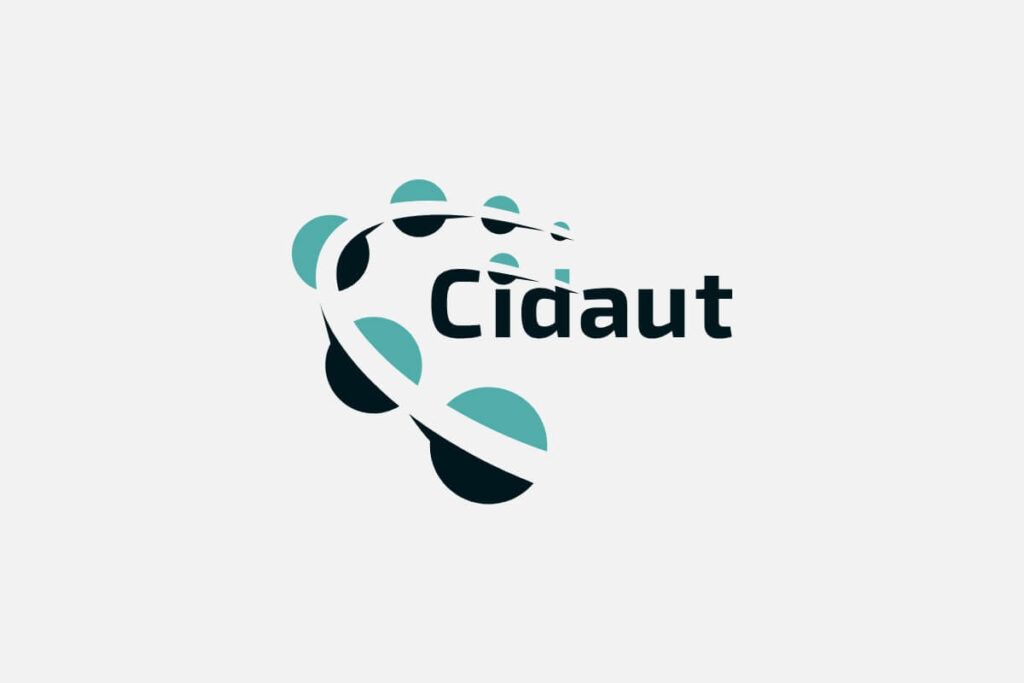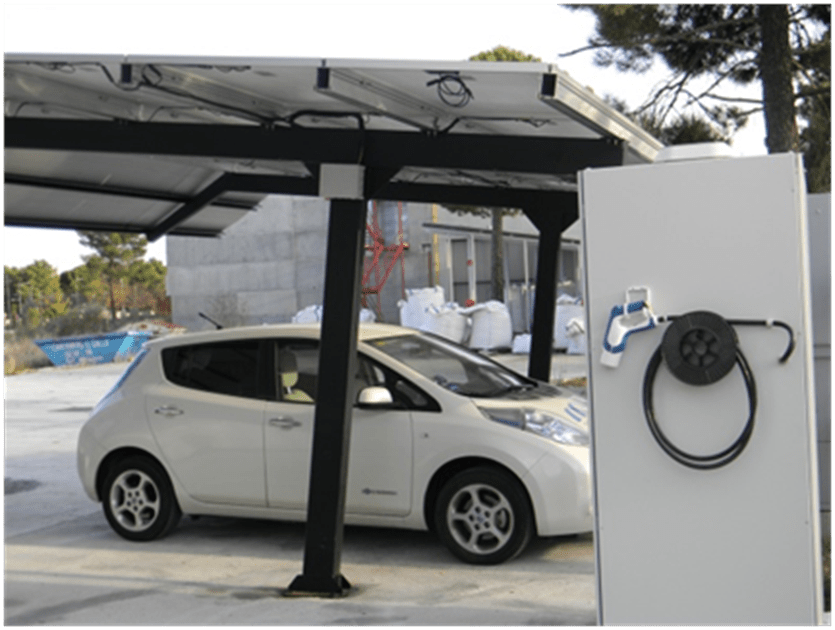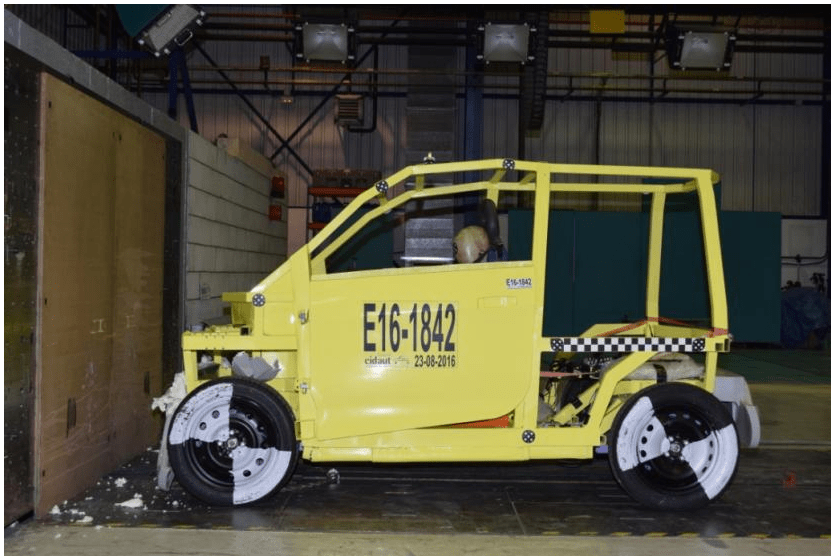Both European projects have run parallel for three years to balance the vehicle and infrastructure development.
Both projects are aimed to take advantage of the solar energy for electromobility. They work on the same vehicle, but Free-Moby is focused on the infrastructure while Plus-Moby’s target is the vehicle itself, which is an L7 type vehicle.
The vehicle has the possibility to be charged trough a connector but also by battery swapping. Then the batteries can be charged both in the vehicle and at home. Free-Moby has developed an innovative charging system based on photovoltaic energy. The photovoltaic installation is connected to a battery rack where there are several modules equal to the ones installed in the vehicle. The battery rack has been developed to allow the control of the energy flux attending to the user’s needs.
The battery rack is connected to the grid and the home in such a way that allows the energy flux between photovoltaic panels, vehicle, home grid and stationary batteries. The efforts made to develop the communication of the whole system allow making the best decision on the energy flux taking into account the state of charge of the batteries, the energy necessity at home and the energy pricing or the foreseen consumption. Cidaut has developed its own rack based on a 6kW photovoltaic parking that has installed at its facilities.
Plus-Moby project has been focused on the development of the vehicle and in order to harvest solar energy, it has several panels in the roof of the vehicle and an additional panel covers the wind screen when the vehicle is closed. Other particularity of the vehicle is the two independent motors for each of the axles. In the last phase of Plus-Moby, Cidaut’s efforts have been focused on ensuring the crashworthiness of the vehicle. After the optimization of the vehicle through a iterative simulation process, three frontal crash tests and one lateral crash have been performed demonstrating that the safety level of this light vehicle is equivalent to conventional M category ones. The crashes have demonstrated the great stability of the vehicle structure, and the high protection of the passengers. After all the crashes it was possible to open the doors and the evaluation of the damage in the occupants has been positive.


